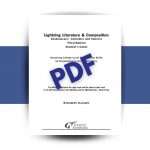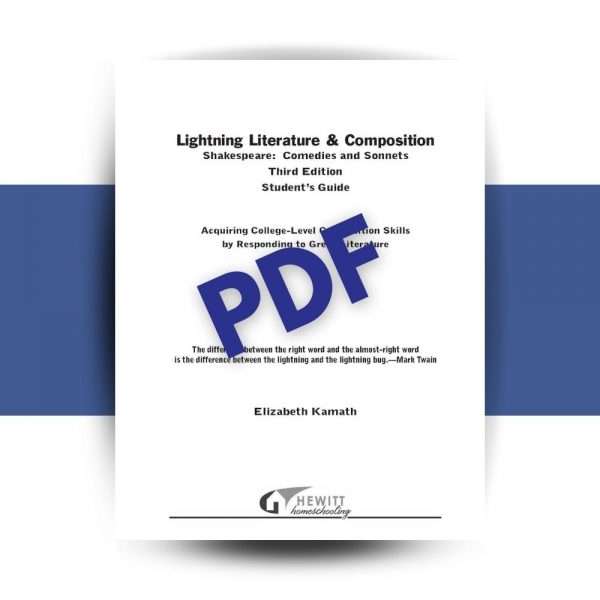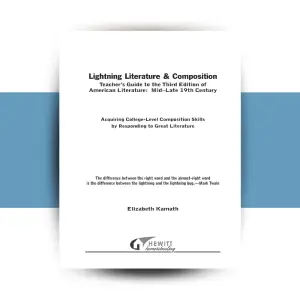Description
Download as a PDF!
The Shakespeare courses are structured differently from the other courses in this series. Rather than each lesson focusing on one literary topic (such as character or conflict), each lesson examines various aspects of the play or sonnets (two sonnets are examined in each sonnet lesson). Lessons cover the following works of Shakespeare and topics, some in a general way, and others particular to the plays and/or sonnets:
- Four of Shakespeare’s comedies read in this order: (Twelfth Night, As You Like It, A Midsummer Night’s Dream, and The Merchant of Venice)
- Sonnets 27, 28, 130, 136, 93, 138, 116, and 129 (included in this Guide)
- Shakespeare’s life
- Schools of Shakespearean criticism
- Shakespeare’s language (blank verse, irony, soliloquys, stage direction, alliteration, assonance, simile, metaphor, imagery, personification, repetition, puns, antithesis, oxymoron, allusion)
The Student Guide includes comprehension questions, writing exercises, ideas for additional projects, reviews of movies and video-taped theater productions of the plays, reading lists, schedules for using as a semester course or for a full-year course, and bibliography. Historical context and modern schools of Shakespeare interpretation are also discussed. The answers to comprehension questions are in the Teacher’s Guide. Plays are sold separately and in a pack with the guides.
Recommendations:
This course is especially recommended for students who have already taken at least two previous high-school level Lightning Literature courses, who are studying Renaissance history, and who are interested in Shakespeare. These should not be viewed as restrictions; this course can profitably be used by high-school students of any grade regardless of which previous Lightning Literature courses they have completed. Generally speaking, this course is more difficult than the two American Literature courses, Speech, British Christian Literature, and the two British Literature courses and about the same as British Medieval Literature. Much depends on student interest in the material, however.
Copyright 2004 Elizabeth Kamath and Hewitt Research Foundation, Inc. All rights reserved. By purchasing this product, the purchaser agrees to reproduce the product for individual family use only. This license is not intended for use by multiple families or organizations. Copying any part of this product and placing it on the Internet in any form is strictly forbidden.
window.dataLayer = window.dataLayer || [];
function gtag(){dataLayer.push(arguments);}
gtag(‘js’, new Date());
gtag(‘config’, ‘AW-663197381’);






